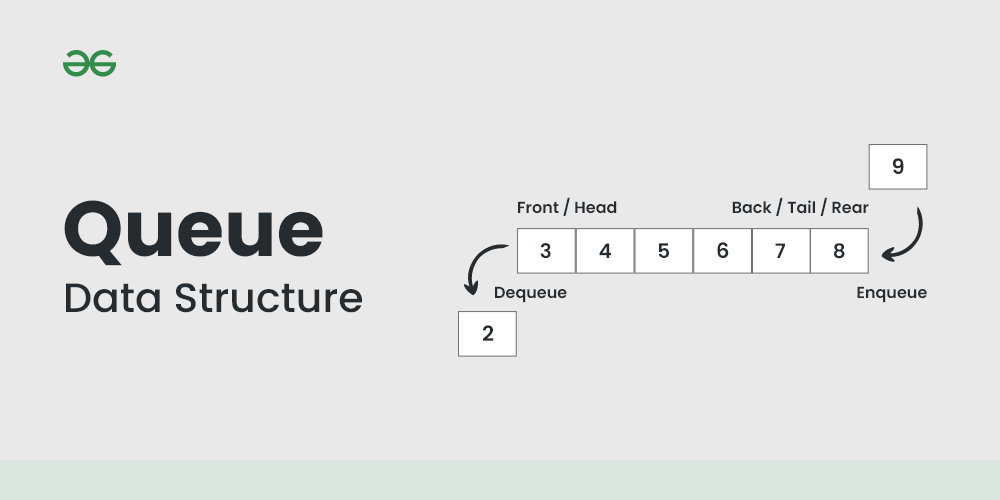
|
Reffered: https://www.geeksforgeeks.org
| DSA |
Type: | Geek |
Category: | Coding |
Sub Category: | Tutorial |
Uploaded by: | Admin |
Views: | 13 |

|
Reffered: https://www.geeksforgeeks.org
| DSA |
Type: | Geek |
Category: | Coding |
Sub Category: | Tutorial |
Uploaded by: | Admin |
Views: | 13 |